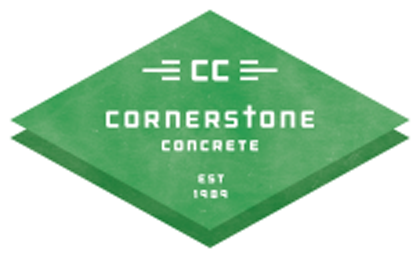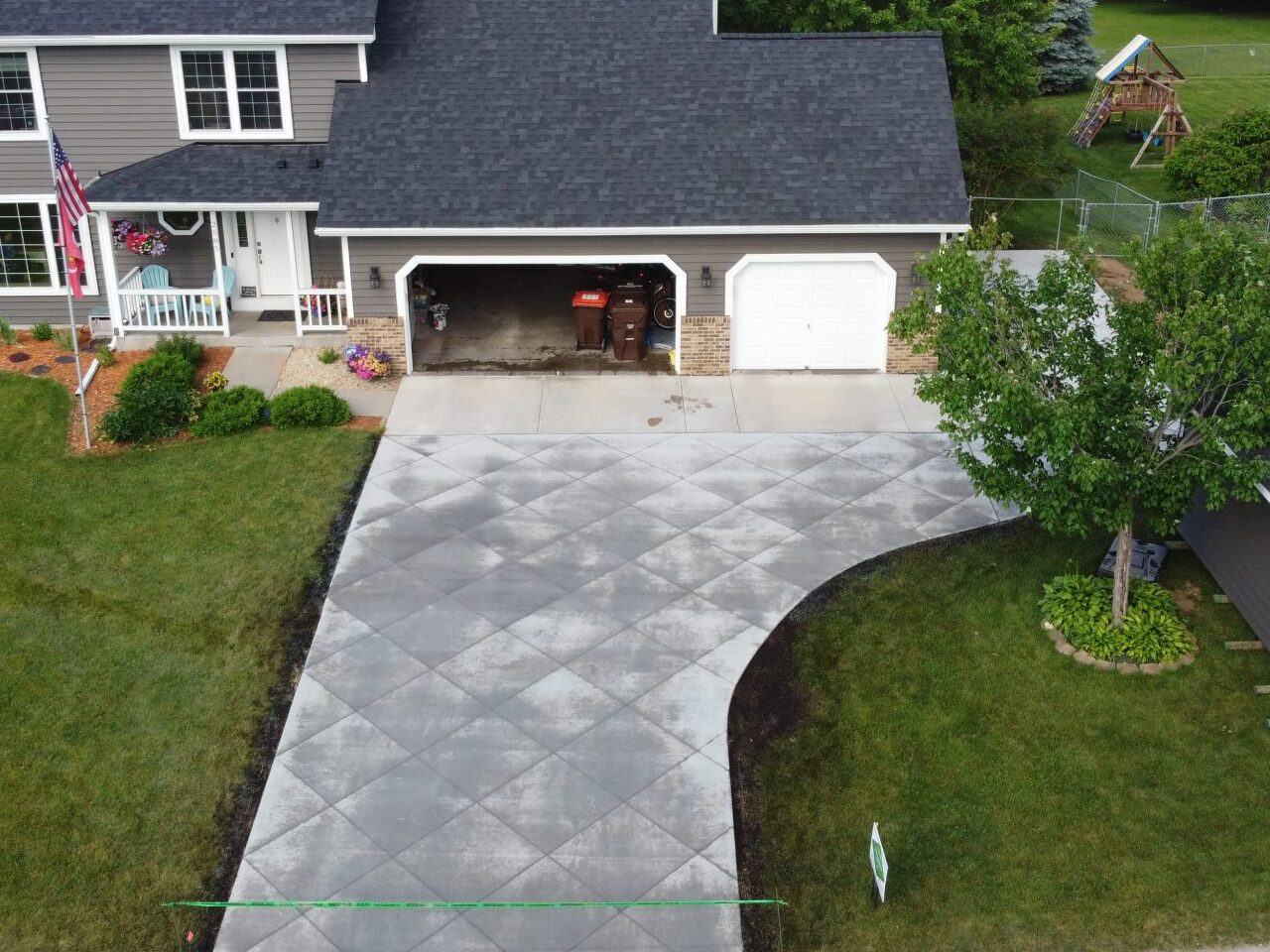Concrete driveways are known for their durability and strength, making them a popular choice for homeowners. However, even the sturdiest concrete can develop cracks over time due to various factors. Minnesota’s harsh winters and fluctuating temperatures can exacerbate concrete damage. While DIY repair kits are readily available, hiring professional repair services offers many advantages that ensure a long-lasting solution. Professional concrete driveway repairs in Minnesota are essential to combat the unique climate challenges and ensure the longevity of your driveway.
Understanding Concrete Cracks
Concrete driveways in Minnesota are susceptible to various types of cracks due to the state’s harsh weather conditions and soil characteristics. Understanding these types of cracks and their causes is crucial for effective repair and maintenance of your concrete driveway.
Types of Cracks
- Hairline Cracks: These are thin, surface-level cracks that are often cosmetic. They usually do not affect the structural integrity of the driveway but can allow water to seep in, leading to further damage over time.
- Deep Cracks: These cracks penetrate deeper into the concrete and can compromise the driveway’s structural integrity. They often result from significant stress or underlying issues and require more extensive repairs.
Common Causes of Driveway Cracks in Minnesota
- Freeze-Thaw Cycles: Minnesota’s climate is characterized by extreme temperature fluctuations. During the winter, water that seeps into the concrete can freeze and expand, causing the concrete to crack and move (known as frost heaving). When the ice melts, the concrete contracts, which can lead to further cracking.
- Soil Movement: The soil can shift due to various factors such as moisture changes and frost heave. This movement exerts pressure on the concrete, leading to cracks. Expansive soils that swell when wet and shrink when dry are particularly problematic.
- Heavy Loads: Driveways endure the weight of vehicles, which can cause stress on the concrete, especially if it is not adequately reinforced. Over time, this stress can lead to the formation of cracks, particularly in areas with frequent heavy traffic.
DIY Repair Methods
Repairing cracks in your concrete driveway can be a manageable DIY project with the right materials and guidance. To start, you will need crack filler (either epoxy or polyurethane), a wire brush, a chisel, a hammer, a vacuum or broom, a caulk gun, a trowel or putty knife, and safety gear like glasses and gloves.
The first step is to clean the crack thoroughly. Use a wire brush to remove any loose debris and dirt, then vacuum or sweep the crack to ensure it is completely clean. Next, prepare the crack for filler by widening it slightly with a chisel and hammer, creating a V-shape which helps the filler adhere better. Remove any additional loose material and clean the crack again with a vacuum.
Load the crack filler into a caulk gun and carefully apply it into the crack, ensuring it penetrates deeply. Work slowly and evenly to fill the crack completely. Once the filler is applied, use a trowel or putty knife to smooth the surface, making sure it is level with the surrounding concrete. Allow the filler to set according to the manufacturer’s instructions before using the driveway.
When to Call a Professional
While DIY repairs can be effective for minor cracks, there are situations where professional help is necessary. Extensive or multiple deep cracks, uneven or sunken sections of the driveway, and cracks reappearing despite previous repairs are all signs that you should call in a professional. Additionally, if you have large cracks wider than a quarter-inch, professional intervention is recommended.
Hiring a professional contractor in Minnesota offers several benefits. Professionals bring expertise and experience, allowing them to accurately assess and address underlying issues that may be causing the cracks. They also have access to high-quality materials and tools, ensuring durable and effective repairs. Professional repairs are more likely to withstand Minnesota’s harsh weather conditions, providing long-lasting results that save you time and money in the long run.
Tips for Preventing Future Cracks
Preventing future cracks in your concrete driveway is crucial for maintaining its longevity and appearance. Here are some key preventive measures to help protect your driveway from damage caused by Minnesota’s harsh weather conditions and daily wear and tear:
- Regular Maintenance and Sealing
-
- Periodically inspect your driveway for signs of wear or minor cracks and address them promptly.
- Apply a high-quality concrete sealer to protect the surface from moisture penetration. This is especially important in Minnesota due to freeze-thaw cycles.
- Reseal the driveway every few years or as recommended by the manufacturer.
- Prepare your driveway for winter and spring each year.
-
- Proper Drainage Solutions
-
- Install adequate drainage systems such as gutters, downspouts, and French drains to ensure water drains away from your driveway.
- Prevent water from pooling on or near your driveway, as this can seep into the concrete and cause cracking during freeze-thaw cycles.
- Grade the landscape around your driveway to direct water flow away and avoid water accumulation.
-
- Avoiding Heavy Loads and Impact
-
- Avoid parking heavy vehicles or equipment on your driveway for extended periods to prevent stress on the concrete.
- If you must park a heavy vehicle, use a plywood sheet or other supportive materials to distribute the weight more evenly.
- Be mindful of the impact and force applied to your driveway to avoid damaging the surface.
-
By following these preventive measures, you can significantly reduce the likelihood of cracks forming in your concrete driveway, ensuring it remains in excellent condition despite Minnesota’s challenging climate.





